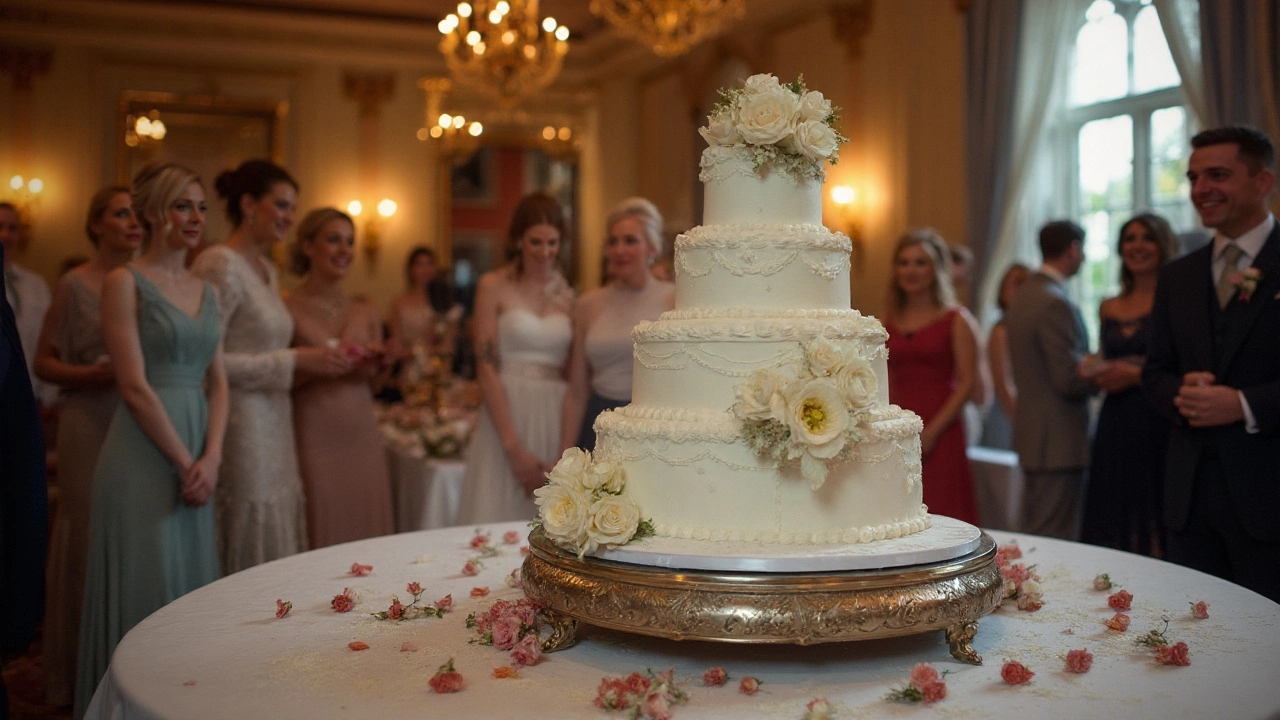Wedding Cake History: How the Sweet Tradition Evolved
Ever wonder why the cake‑cutting moment feels so big on your wedding day? It’s not just for Instagram – the whole ritual dates back centuries. Let’s break down the story so you can drop a fun fact at the reception and understand why today’s towering confection is so different from the original loaf.
Ancient Beginnings
Long before frosting, ancient Romans served a honey‑sweetened cake called a libum at marriage feasts. It was more like a flat biscuit, offered to the gods as a blessing for the couple. The Greeks had a similar practice: they baked a modest cake and shared it with guests to symbolize a sweet start to married life.
In medieval Europe, the “cake” turned into a simple white bread called a bride’s loaf. It was often spiced with cinnamon or nutmeg and decorated with a few flowers. The couple would each take a bite, believing it would bring them good luck and harmony.
From Fruitcake to Frosted Masterpiece
The 17th‑century English shift is where things get interesting. Sugar became more affordable, and bakers started layering dried fruit, nuts, and brandy into dense fruitcakes. These heavy cakes could sit on a shelf for months, letting the flavors mature – perfect for a wedding that might be planned far in advance.
By the Victorian era, sugar art exploded. Icing sugar was whipped into a fluffy frosting, and delicate royal icing designs began topping cakes. This is when the modern “wedding cake” truly started to look like the picture‑perfect desserts we see today.
One of the biggest changes came in the 20th century with the invention of modern cake pans. Multiple stacked tiers became popular because they looked impressive and let couples showcase different flavors in each layer. The tradition of cutting the cake together turned into a symbolic act of sharing the first “sweet” moment as a married pair.
Today, couples mix tradition and personality. Some go for a classic white buttercream tier, others choose a naked cake with fresh berries, and a few even swap the cake for a cheese wheel or a donut tower. No matter the style, the underlying idea stays the same: a communal sweet that marks the start of a shared life.
If you’re planning your own wedding, you can honor the history while putting your spin on it. Try adding a tiny edible gold leaf to represent the ancient libum’s royal blessing, or keep a slice of the original fruitcake recipe as a nod to Victorian roots. Whatever you pick, the story behind the cake adds depth to that moment when you and your partner slice together.
So next time you hear the “cut the cake” cue, remember you’re part of a tradition that’s traveled from Roman altars to modern wedding halls. It’s more than a photo op – it’s a tasty thread that ties centuries of love, luck, and celebration together.
Traditional Wedding Cakes: History, Flavors, and Modern Twists
Discover what truly makes a wedding cake 'traditional,' from centuries-old fruitcakes to elegant white tiers, plus practical tips and fascinating facts.
View More